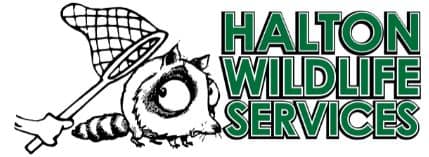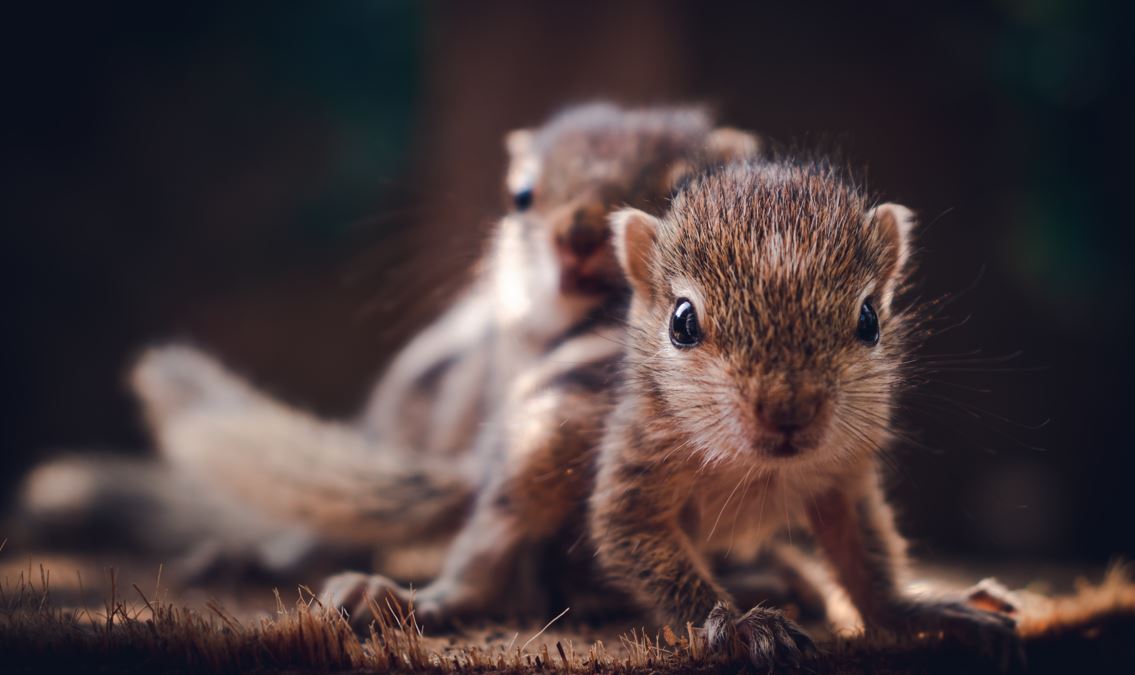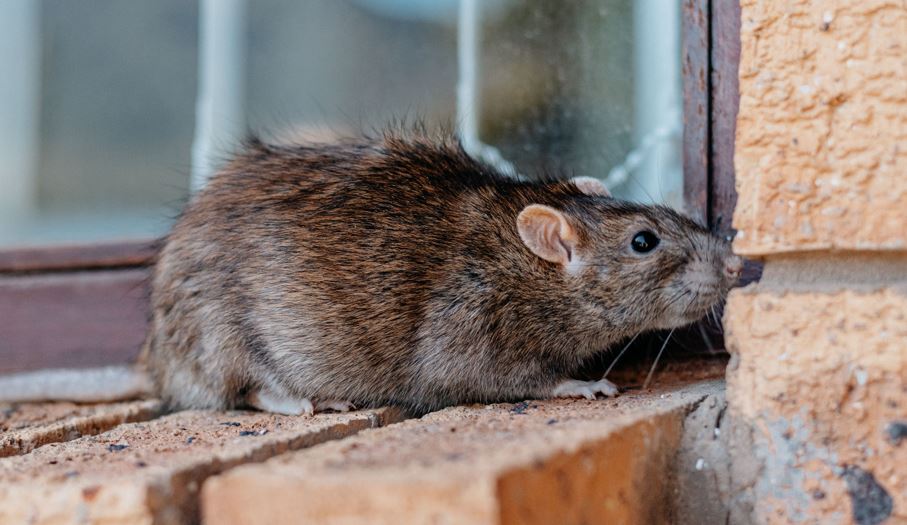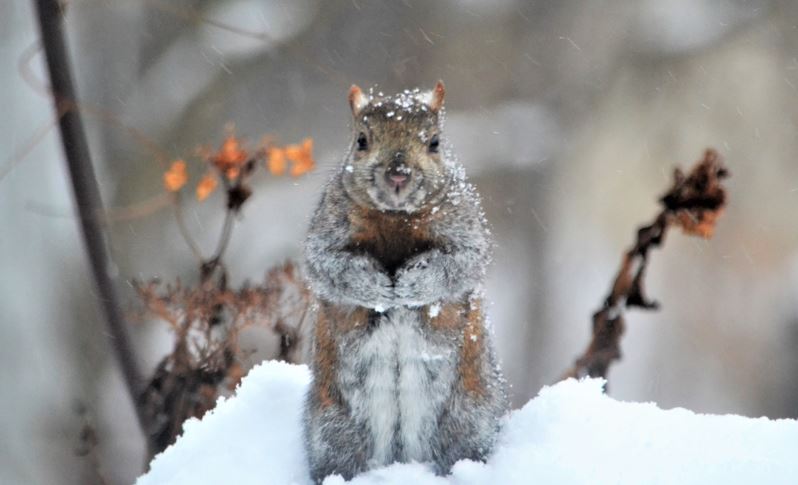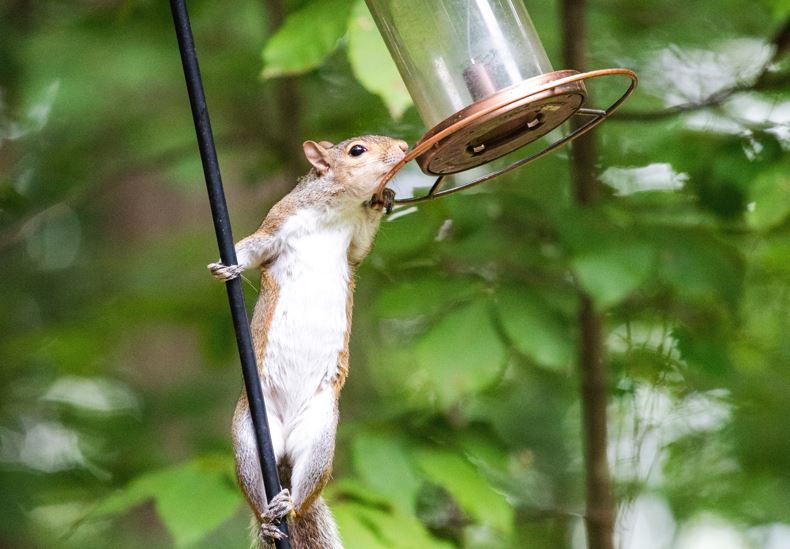In urban and suburban areas, raccoons and squirrels are common wildlife. While they may seem harmless, these animals are known to cause serious problems when they break into homes. Whether it’s squirrels chewing through attic insulation or raccoons rummaging through garbage bins and invading crawl spaces, these wildlife break-ins can lead to significant damage and pose health risks. In this article, we’ll explore how to recognize the signs of squirrel and raccoon break-ins, the dangers they pose, and how professional wildlife removal services can offer a safe, humane solution.
Why Do Squirrels and Raccoons Break Into Homes?
At Halton Wildlife Services, you can say we’re here to restore order when pesky squirrels or raccoons have forced entry into your home! We ensure removal and re-entry prevention – plus we’ll clean up and sanitize any mess they’ve made. Contact us before property damage becomes severe (and expensive) in Burlington, Oakville and area!
Both raccoons and squirrels are opportunistic creatures. As urbanization encroaches on their natural habitats, they often seek shelter and food in human dwellings. Attics, chimneys, and garages provide warm, safe spaces for them to nest, while garbage bins and food scraps left outside become easy meals.
- Squirrels are notorious for seeking out warm, dry spaces for nesting, particularly in attics. During colder months, they’re driven indoors to escape the cold and raise their young. Unfortunately, once inside, they can chew through wiring, insulation, and even wood, creating hazardous conditions.
- Raccoons are intelligent and persistent creatures. They are adept at opening garbage lids, tearing into roof soffits, or finding vulnerable crawl spaces. Like squirrels, raccoons invade homes looking for food and shelter, but the damage they leave behind can be more severe due to their strength and size.
Signs of a Squirrel or Raccoon Break-In
Identifying a break-in early can help prevent major damage. Here are some telltale signs of raccoon and squirrel intrusions:
- Strange noises: Hearing scratching, thumping, or scurrying sounds in the attic, walls, or chimney is a clear indication that squirrels or raccoons may be nesting in your home.
- Visible damage: Look for signs of gnawing around soffits, rooflines, or eaves. Squirrels can chew through wood and wiring, while raccoons may tear apart shingles or fascia to gain entry.
- Droppings: Animal droppings in or around your home, particularly in the attic or near entry points, are a sign that wildlife is inside.
- Foul odors: Decomposing food, animal waste, or nesting materials can create unpleasant smells, signaling that squirrels or raccoons have taken up residence in your home.
- Garbage disturbance: If your garbage bins are frequently overturned or rummaged through, raccoons may be looking for easy meals near your home.
The Dangers of Squirrel and Raccoon Infestations
While these animals might seem cute from afar, their presence inside your home can result in serious problems.
- Property Damage:
- Squirrels are notorious for their constant gnawing. In attics, they chew through insulation, beams, and even electrical wiring, which can lead to costly repairs and pose a fire risk.
- Raccoons are strong animals capable of tearing apart roof shingles, siding, or vents to get inside. They can also destroy insulation and spread debris throughout your attic.
- Health Risks:
- Diseases: Raccoons can carry diseases like rabies and leptospirosis. Their droppings may also harbor parasites, such as roundworms, which can infect humans.
- Contamination: Squirrels and raccoons can bring fleas, ticks, and mites into your home. Additionally, their droppings can contaminate insulation and air quality, posing respiratory hazards.
- Fire Hazards:
- Squirrels chewing on electrical wiring is not just a nuisance; it’s a fire hazard. Damaged wires can cause sparks and lead to fires in your attic or walls.
Humane Removal and Prevention of Squirrels and Raccoons
When dealing with squirrel and raccoon break-ins, professional wildlife removal services are your best bet. Attempting to handle these creatures yourself can be dangerous, both for you and the animals. Here’s why you should rely on professionals:
- Humane Removal: Wildlife experts use safe and humane trapping methods to remove raccoons and squirrels without harming them. Once captured, the animals are relocated to suitable habitats where they won’t be a nuisance to humans.
- Identifying Entry Points: A professional wildlife removal service will not only remove the animals but also inspect your home for potential entry points. These experts know where to look—whether it’s gaps in the roof, vents, chimneys, or unsealed soffits.
- Exclusion and Repairs: After the animals are removed, wildlife experts will seal any entry points to prevent future infestations. They may install exclusion devices, chimney caps, or vent covers to keep squirrels and raccoons out of your home.
- Prevention Tips:
- Secure garbage bins: Use tight-fitting lids and store bins in secure areas to prevent raccoons from accessing food sources.
- Trim trees and branches: Squirrels and raccoons often use overhanging branches to access roofs. Keeping trees trimmed can minimize this risk.
- Regular inspections: Regularly inspect your attic and roof for signs of damage or potential entry points.
- Install deterrents: Motion-activated lights or sprinklers can help deter nocturnal raccoons from approaching your home.
Why DIY Solutions Aren’t Recommended
While it may be tempting to try handling squirrel or raccoon break-ins on your own, DIY methods often fail and can lead to further problems:
- Injury Risk: Wild animals can be unpredictable and aggressive, especially raccoons, which may bite or scratch if they feel threatened.
- Legal Issues: In many areas, there are laws regulating how certain wildlife, such as raccoons, can be handled. Improper removal could result in legal penalties.
- Incomplete Solutions: DIY fixes like sealing an entry point without ensuring all animals are out can result in trapped squirrels or raccoons, leading to more damage.
Protect Your Home with Professional Wildlife Removal
Squirrel and raccoon break-ins are not just a nuisance—they can lead to significant property damage, health risks, and safety hazards. Acting quickly and calling a professional wildlife removal service ensures that the problem is dealt with humanely, safely, and effectively. By addressing the issue at the source and taking preventative measures, you can keep your home secure from future wildlife invasions.
